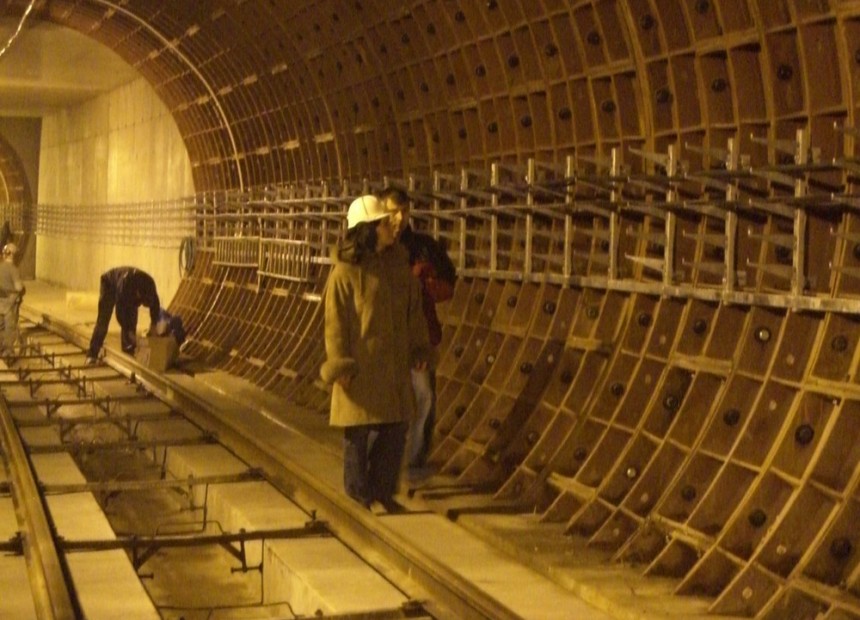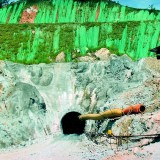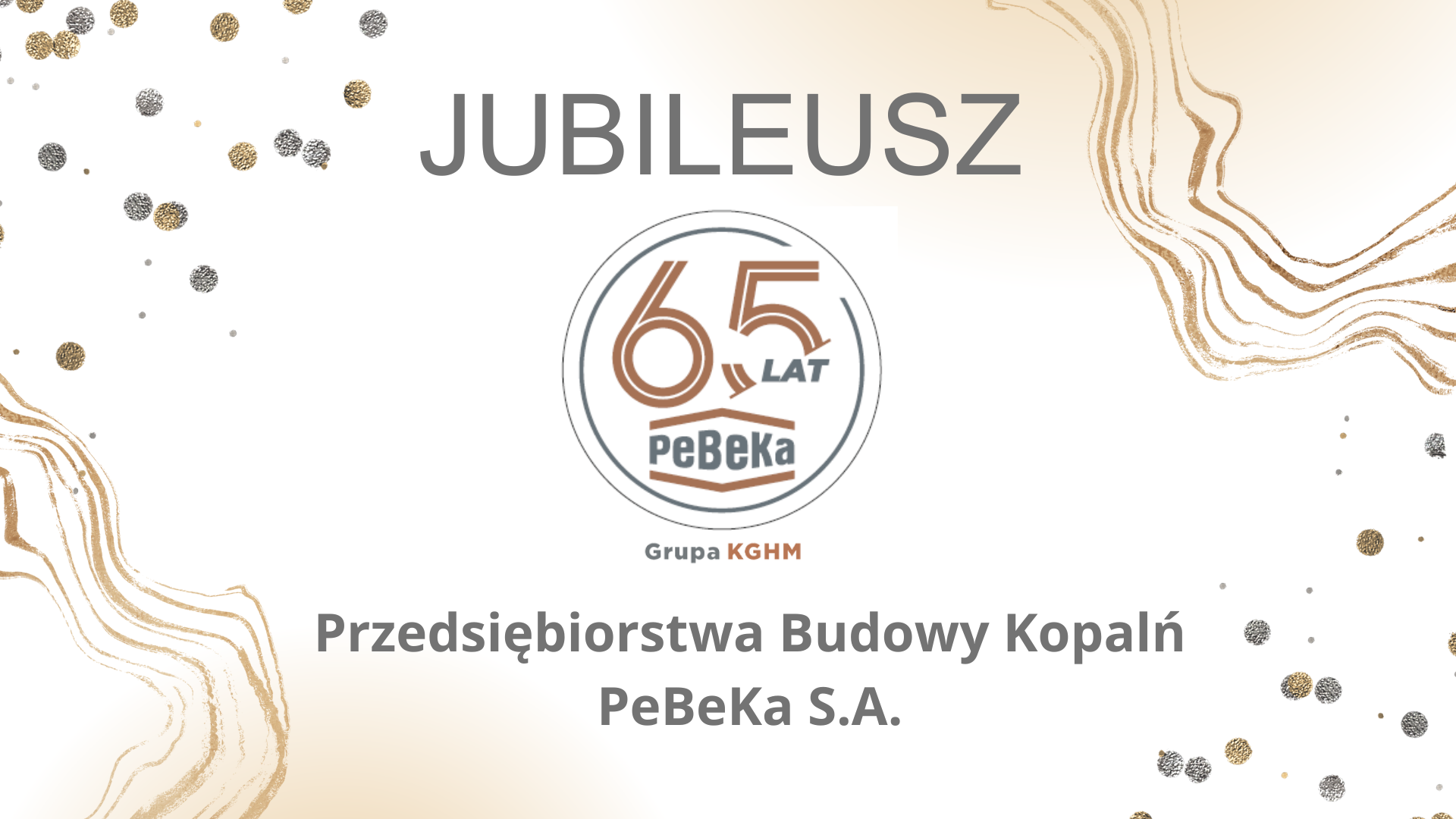A part of the first Warsaw metro line, the “Słodowiec” station was designed as a three bay structure built based on the cover and cut method, with the application of diaphragm walls.
The metro mainline tunnel together
Investor: Metro Warszawskie Sp. z o.o. (on behalf of the Municipal Transport Authority in Warsaw)
Time of project execution: 2006-2008
Additional technical data:
- Length of the mainline: 874.36 m
- Length of the station: 156 m
- Width of the station: 26.8 m
- Length of the shunting track: 207 m
Location
Poland mazowieckie Province,
Warsaw
Project outline
For PeBeKa, the construction of the Warsaw metro was one of the most important projects related to the construction of transport infrastructure. The executed project constitutes an integral part of the first line of the Warsaw metro with the length of 23 km. The “Słodowiec” station has one underground storey accessible through staircases from 2 overground halls with entrances to the station. This station has the smallest depth of all the stations on the first metro line.
The B20 mainline was built based on the following three methods: a 217-metre section of two single-track, single-cell tunnels in diaphragm walls, in an excavation strutted with steel braces or, at a certain fragment, using the basic method; a 316-meter section of two single-track tunnels bored using the mining method and a 21-metre section built in this technology, connecting the mainline with the already operational “Marymont” station; a 340-metre section of two single-track and double-cell monolithic tunnels constructed in an excavation protected with a Berlin-type retaining wall.
Greatest challenges
- Using three different methods to bore the B20 mainline tunnel
- Boring the tunnel under important thoroughfares
Key moment
Connecting the B20 mainline to the operational “Marymont” station.



